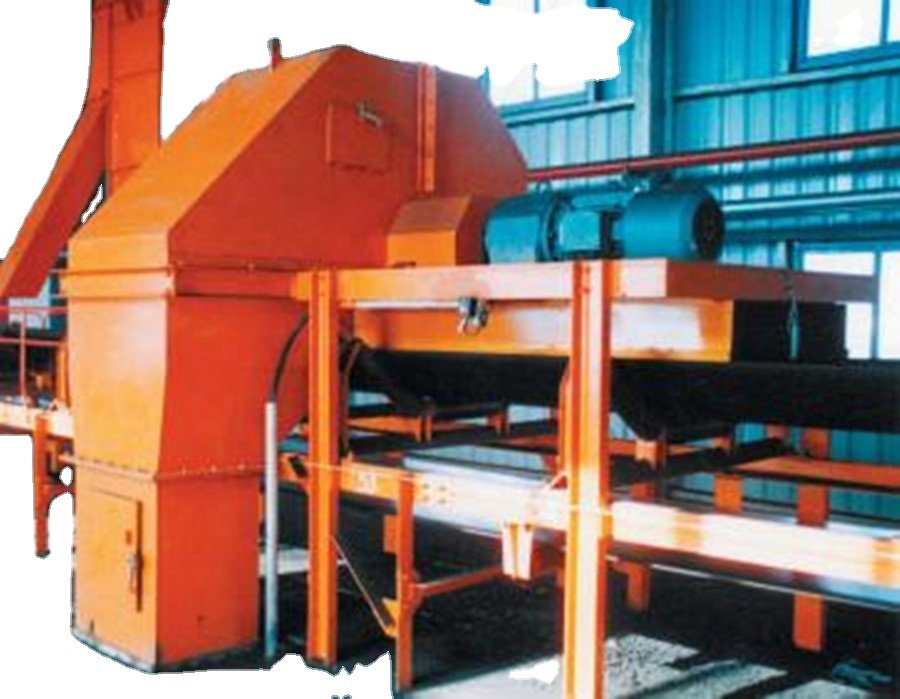1 Structural features and advantages:
1.1.Compact design, suitable for low space installation.
1.2.Easy installation, can be directly fixed on the existing or new conveyor.
1.3.The sampling machine has a retaining apron to prevent the dispersion of materials.
1.4.The sampling speed is fast, the sample quantity is less at one time, reducing the next stage crushing and reducing load.
1.5.The non-contact proximity switch is used for start stop control and reliable operation.
1.6.Sampling cutter with balancing weight can eliminate eccentric load, effectively play a safe self-protection role, does not affect the operation of the main belt.
2 Installation and commissioning
2.1.When installing the Central Primary sampler, according to the position and size in the system layout drawing, the installation position of the sampler is determined first. After the position is determined, according to the size of the picture, the trough idler of the belt conveyor is reduced or increased.
2.2.When lifting the whole machine, screws needed for lifting rings. Do NOT lift the whole machine with hoisting screws on the enclosure, because hoisting screw on the enclosure is only suitable for removing the enclosure!
2.3.According to the general drawing of the sampler, punch holes in the two sides of the middle frame of the belt conveyor, install and fix 6 supporting blocks, and add elastic pads when fixing, so as to ensure firm and reliable.
2.4.Lifting steel structure support frame and support seat connection is fixed, require strong and reliable, all bolt joint must be added with elastic pads.
2.5.After the frame is positioned, the assembled shaft is hoisted on the frame, and the position of the shaft is adjusted so that the center of the shaft and the running direction of the belt conveyor are the same. The motor reducer is above the belt conveyor, the scraper cutter of the sampler is perpendicular to the running direction of the belt, and the bearing seats on both sides of the sampling cutter are fastened with elastic pads. Then adjust the height of the rubber scraper so that the bottom of the rubber scraper is pasted with the conveyor belt.
2.6.Adjust the counterweight block, and make the sampling cutter balance, so that when the shaft stops, it can not rotate at any position.
2.7.When installing the retaining skirt board, adjust the rubber plate screws on the skirt board to the right position.
4.8.Install the power and control part, install the motor reducer, coupling, adjust the coaxiality between the reducer and the drive shaft, then tighten it. All bolts must be added cushions when fastening.
4.9.Install the test board at the end of the shaft, install the proximity switch, operate the sampler by point, so that the sampling cutter scraper stops at the upper left (right) position of the conveyor belt. The sampling cutter has just taken the material position, adjust the test board, so that the test board is facing down, the center is perpendicular to the center line of the belt conveyor. Switch to auto mode, so that the sampler runs. Check whether the installation position of the test board is correct. The principle is to ensure that when the sampling cutter stops, the scraper and counterweight block are far away from the material flow of the belt, and absolutely do not allow any blocking. If at inappropriate position, and then fine-tune the test board until the sampling cutter stops at the required position.
2.10.Install sampler and coupling housing, install anti-sprinkler rubber sheet on both sides of sampling head housing,and the rubber sheet does not affect slightly clearance of the belt running.



